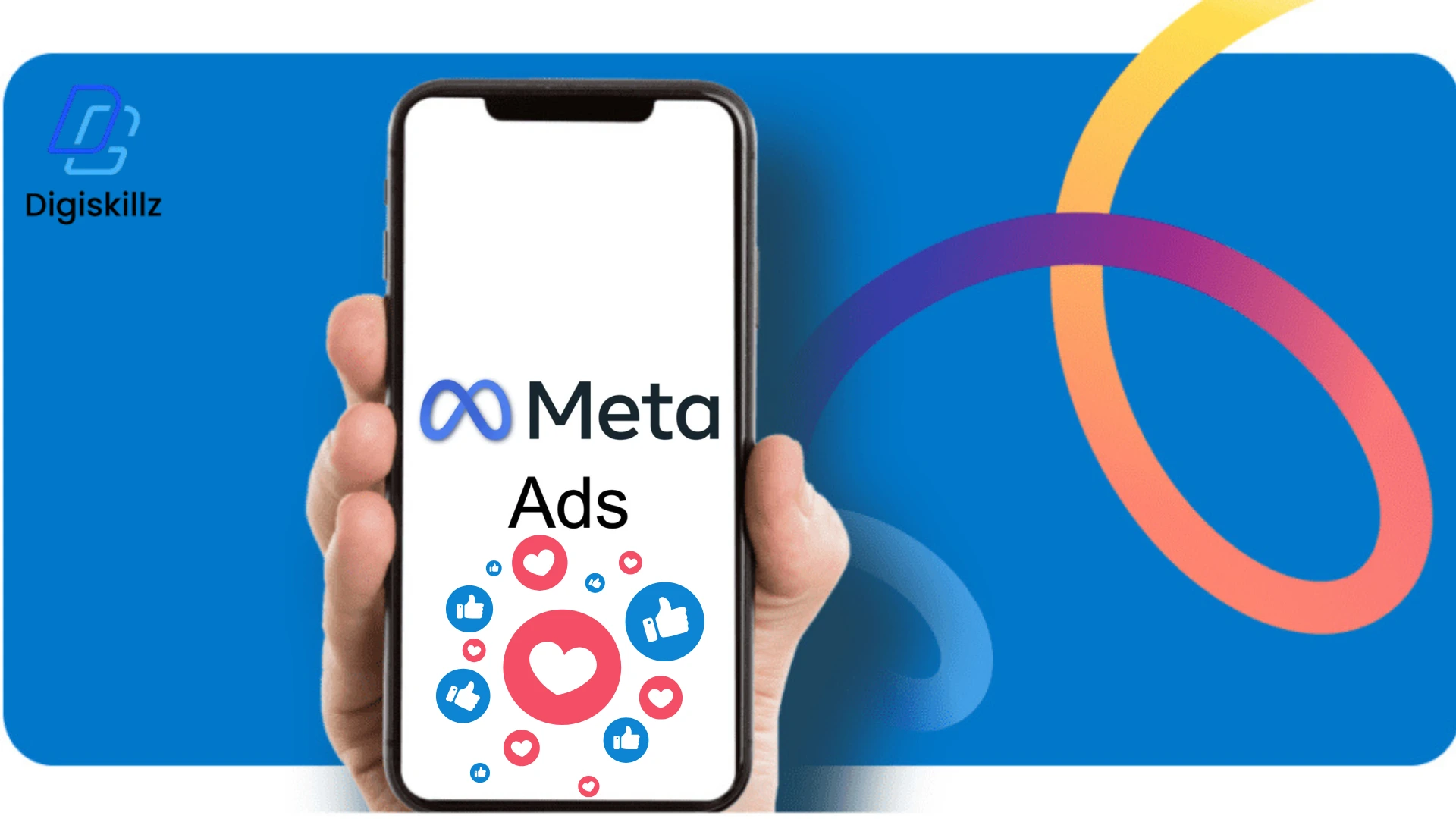Digital branding is the strategic use of online channels and platforms to establish and promote a brand’s identity, values, and presence in the digital marketing world. It encompasses the creation and maintenance of a consistent and compelling brand image across various digital touchpoints such as websites, social media, email, and other online platforms. In today’s highly interconnected and digitalized world, digital branding is crucial for businesses to reach and engage with their target audience effectively. It helps build brand awareness, loyalty, and credibility, fostering a stronger connection with customers.
In the ever-changing online world, new entrepreneurs and existing businesses need to create a strong brand that people will remember. This guide is designed for both new entrepreneurs and established businesses. It serves as a helpful guide, skillfully leading you through the detailed strategies and important details you need to be successful in the always-evolving field of digital branding.
Table of Contents
1) Developing Your Digital Identity
To build your digital branding, first know your audience and create detailed profiles of your ideal customers. Share your brand story with engaging visuals and emotions, keeping a consistent look and tone across online platforms. Make your brand relatable and friendly, engaging your audience through interactive posts and contests on social media. Use quizzes and polls to create an active and enjoyable experience. Be transparent about your values and practices to build trust, and always stay updated with the latest trends in the digital world.
2) The Contribution of Digital Storytelling
Effective digital storytelling is best achieved by choosing the right moments and methods. Share your brand’s story at points where it naturally aligns with values, mission, or achievements, creating a seamless connection with your audience. Utilize relatable experiences, vibrant visuals, and emotional elements to make your story resonate with your audience. Whether it’s introducing your brand, highlighting achievements, or showcasing behind-the-scenes moments, pick moments that connect authentically. Timing is crucial too; regularly share your stories across different digital platforms to maintain a consistent and strong presence. By strategically choosing moments and maintaining consistency, you enhance the effectiveness of your digital storytelling, leaving a lasting and positive impression on your audience.
3) Consistency Across Platforms
To maintain consistency across various online platforms, it’s crucial to establish a unified and recognizable brand presence. One key strategy is to use a consistent visual style. Ensure that your logo, color palette, and imagery are uniform across your website, social media profiles, and other online touchpoints. By using the same design elements, you create a unified and easily recognizable brand image. For example, use the same logo and color scheme on your social media pages as you do on your website. This approach reinforces your brand identity, making it more memorable for your audience and promoting a cohesive online presence.
4) Emotions in Digital Branding
To effectively convey your brand emotions to customers in the digital branding space, start by using authentic and relatable language. Share stories and experiences that evoke the desired emotions, whether it’s joy, trust, or excitement. Utilize visuals like images and videos that reflect the emotional tone you want to convey. Engage with your customers on social media platforms by responding to comments, participating in discussions, and showcasing the human side of your brand. One effective strategy to communicate brand emotions is to create and Incorporate emotional elements into visual stories utilize high-quality images, videos, and graphics that resonate with the emotions you want your brand to convey.
Whether it’s through social media posts, website content, or email campaigns, visually compelling stories have a powerful impact in evoking emotions and making a lasting impression on your audience. Consistency in the use of these visuals across different digital branding platforms reinforces the emotional connection, enhances customer engagement and loyalty, and strengthens your brand presence.
5)Engaging Your Audience
In the digital realm, use interactive content such as polls, quizzes, and live streams on social media to encourage active participation. Leverage user-generated content by encouraging your audience to share their experiences and stories related to your brand. Respond promptly to comments and messages, showing that you value their input.
- Interactive Content: Create engaging and interactive content such as polls, quizzes, and surveys on social media platforms. Encourage participation and feedback to make your audience feel involved.
- Visual Appeal: Use compelling visuals, including images, infographics, and videos, to capture attention. Visual content is more shareable and can convey messages quickly.
- Social Media Platforms: Actively engage with your audience on social media. Respond promptly to comments, messages, and mentions. Foster a sense of community by encouraging discussions and user-generated content.
- Live Streaming: Utilize live streaming features on platforms like Instagram, Facebook, or YouTube to host real-time events, Q&A sessions, or product launches. This developed a strong and direct connection with your audience.
- User-Generated Content (UGC): Encourage your audience to contribute to your brand’s story by sharing their experiences, photos, and testimonials on social media. This not only provides authentic content but also strengthens the bond between your brand and customers.
- Email Marketing: Personalize your digital branding email campaigns based on user preferences and behavior. Tailored and relevant content keeps your audience engaged and interested.
- Consistent Branding: Maintain a consistent visual and messaging style across all digital branding platforms. This builds brand recognition and reinforces a cohesive identity.
- Storytelling: Tell compelling stories about your brand, products, or customers. Storytelling creates an emotional connection and makes your brand more memorable.
- Contests and Challenges: Organize fun and creative contests or challenges that encourage participation. This not only engages your audience but also helps in spreading the word about your brand.
- Analytics and Feedback: Use analytics tools to understand audience behavior. Collect and analyze feedback to continually refine your digital marketing strategies.
6) Transparency Builds Trust
To build transparency and trust with your audience, it’s crucial to be open and straightforward in all your communications. Clearly articulate your company’s values and principles, ensuring they align with the expectations of your audience. Be upfront about any potential challenges or limitations, and address customer concerns honestly. For example, if your product has certain limitations or potential issues, communicate them transparently to manage customer expectations.
Provide easy access to essential information such as pricing, return policies, and terms of service. Share behind-the-scenes glimpses of your business operations, introducing the people behind the brand. This humanizes your company and makes it more relatable. Keep your audience informed about any changes, developments, or challenges your business may be facing. Openly addressing both successes and setbacks demonstrates authenticity and builds credibility.
Conclusion
successful digital branding requires consistency, authenticity, and engagement. By mastering these principles and staying responsive to evolving trends, businesses can forge meaningful connections with their audience, drive growth, and become an integral part of people’s lives online.












Leave A Comment